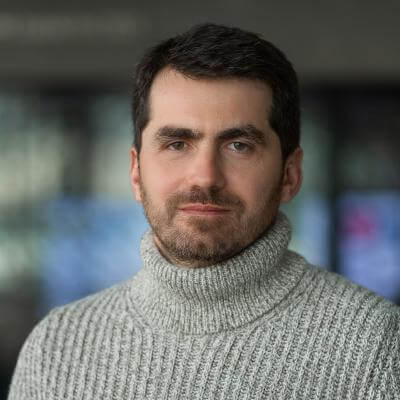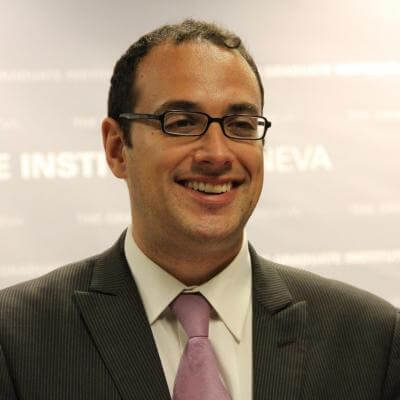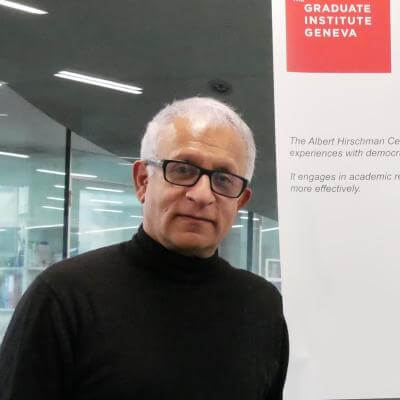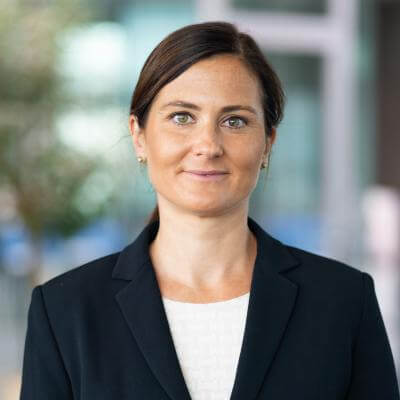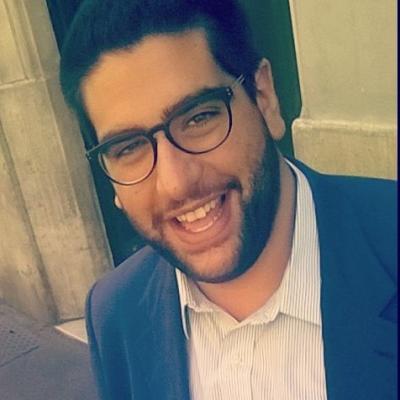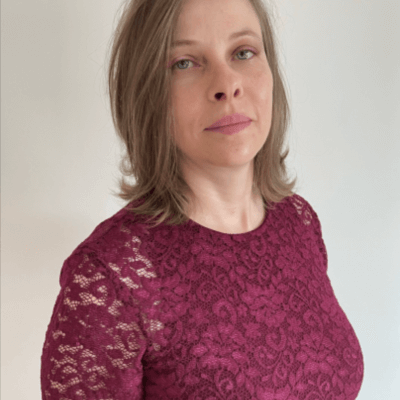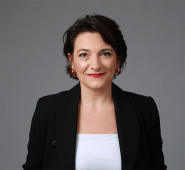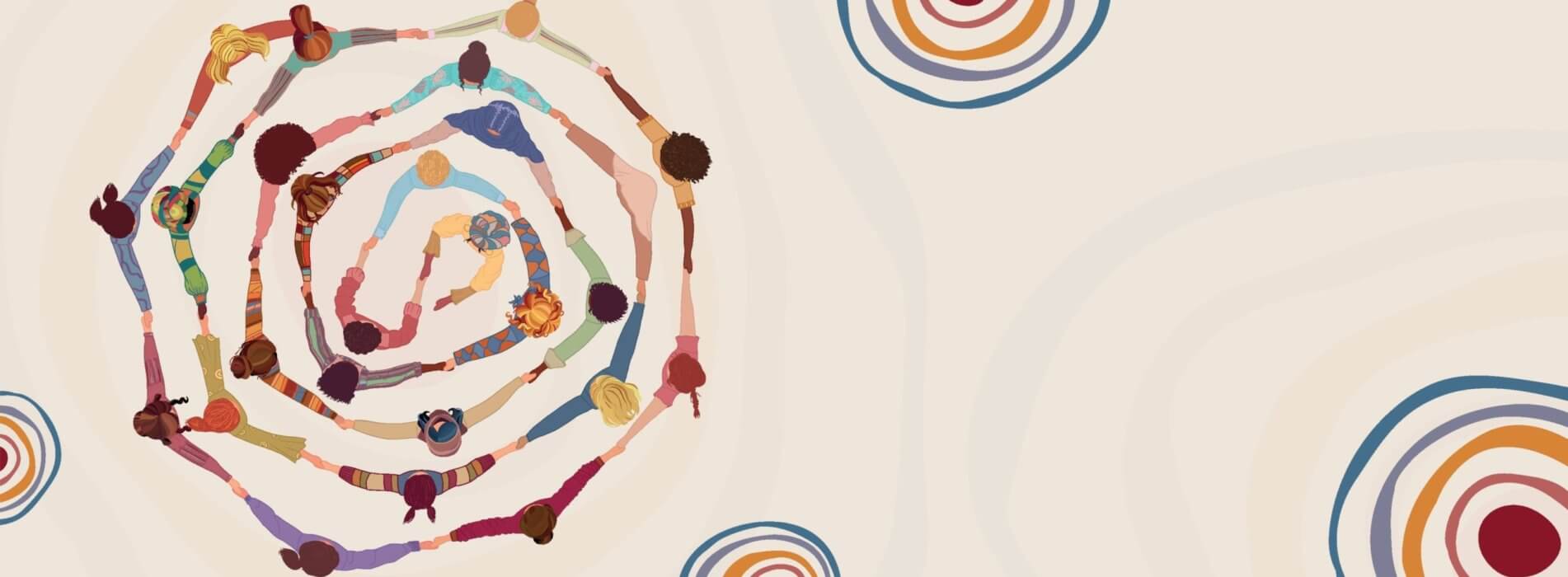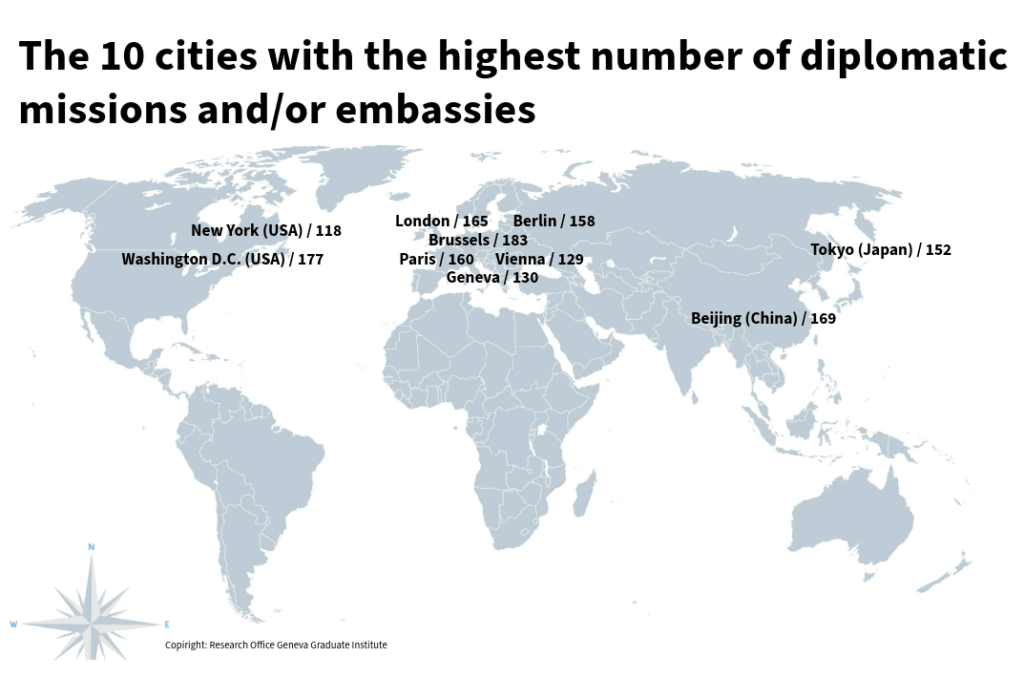Women’s Organisations of Diplomats: A New Era for Diplomacy?
https://doi.org/10.71609/iheid-mqyq-xf10Since the early 2000s, collectives of women diplomats have emerged as spaces of creative agency in diplomacy at local, regional, and global levels. Despite constraints, these women’s organisations of diplomats (WODs) have (un)intentionally disrupted the image of the male diplomat as the sole legitimate enactor of state sovereignty, questioning who can materialise state authority. In addition to contesting the exclusionary practices that fix diplomatic identities and authority, WODs promote a more inclusive, equitable, and horizontal approach to diplomacy, statecraft, and foreign policy.
The Rise of the WODs
There are currently 19 WODs in Europe, Latin America, the Pacific, and the Middle East. In the 21st century, the first WOD to be established was the Association of Italian Women Diplomats and Executives (DID) in 2001. The Middle East and Latin America launched their first WODs in the early 2010s: the Women in Diplomacy Network and the Group of Brazilian Women Diplomats. Between 2021 and 2022, two regional networks and one global network were created: Diplomáticas IberoAm, Wedin EU, and the Global Women Diplomats Network. Earlier WODs included the Women’s Action Organization (WAO) in the US, the Women’s Network in New Zealand (1970s), and the Network in Sweden (1980s). The UN General Assembly has acknowledged these “associations of women diplomats” and at its 76th session proclaimed 24 June as the International Day of Women in Diplomacy (Resolution 76/269). The dissolution of the WAO and the Network in Sweden, the endurance of the Women’s Network, and the absence of a WOD in Africa merit further investigation.
Women Diplomats’ Collective Agency
WODs demonstrate that diplomacy is not a stable entity that seamlessly enters global affairs. Their collective agency presents diplomacy as a contested field within the state bureaucracy, where marginalised groups (un)intentionally (re)negotiate their identities and state authority. I refer to this disruption as “domestic estrangement”, where diplomats’ identities are shaped by societal norms, institutional regulations, and power hierarchies that continually delimit who can embody and enact state sovereignty. The notion aligns with the feminist adage that the domestic is international.
The Conflicted Field of Diplomacy
(Re)framing diplomacy entails questioning which bodies can engage with what Costas M. Constantinou terms the four “fictions” of diplomacy — the sovereign subject, the representative agent, the instrumental object, and the specialised process. Women were historically barred from enacting the sovereign subject, as they could not be accredited as diplomats or hold diplomatic passports. Restrictions on same-sex couples persist, as many countries do not issue diplomatic passports or visas to these officials. In handbooks on the perfect/ideal ambassador since the 16th century, the ambassador has traditionally been framed as a white, male, Western figure, endowed with divine abilities. Protocol rules further delimit how bodies use the instrumental object, evident in arrangements at official functions and sartorial codes that connote authority in diplomacy. Practicing diplomacy as a specialised profession, women diplomats have been unconventionally represented as eccentric.
Diplomacy has thus historically been defined as a male business, and statecraft as white-heterosexual mancraft. Diplomacy has thus historically been defined as a male business, and statecraft as white-heterosexual mancraft. The emergence of WODs should not be seen as an independent phenomenon but as one entangled in the material-discursive elements that shape diplomacy as a gendered, heteronormative, racialised, colonial enactment of state sovereignty. (Re)imagining diplomacy raises questions about the physical spaces allowed for bodies, the capacities in which they operate, and the social, institutional, and personnel management rules that govern these interactions.
(Re)imagining Diplomacy through WODs
WODs are (un)intentionally reclaiming the articulation of women and other marginalised bodies as legitimate enactors of state sovereignty, even though their members are diplomats. This ambiguity reveals a crisis in the ontology of the diplomat, where women experience both belonging and foreignness in diplomacy and adopt dual identities as societal and state agents within WODs. From this displacement, WODs embody the (re)articulation of diplomatic norms and practices.
WOD members do not mobilise for gender equality in diplomacy due to inherent self-identification with the category of woman. The reiteration of the undesirability of their bodies through situated diplomatic practices motivates them to take up this role. Many WOD members report recognising their womanhood only after joining the foreign service.
WODs challenge schemas that historically relegated women in diplomacy to roles as hostesses, housekeepers, caregivers, and wives. WOD members reclaim their embodiment as capable professionals who should occupy all discursive-material spaces of diplomacy. Regional and global WODs decentre Eurocentrism in diplomatic practice, promoting non-hierarchised interactions that challenge the colonial trope of the West as the locus of progress. While acknowledging that gender discrimination is pervasive, WODs (re)enact diplomacy by embracing a plurality of subjectivities of state sovereignty in a more horizontal manner.
Decentralised, horizontally organised through social media, and focused on a common cause, WODs operate in sharp contradiction to the hierarchical, secretive, and formal principles that have defined modern diplomacy. Yet WODs perceive their actions as diplomatic, emphasising trust and relationship-building as core to their efforts. This (re)conceptualisation suggests that diplomacy can, too, be decentralised, horizontal, and disruptive of schemas that delimit its boundaries.
There are, however, limits to their political agenda: in particular, WOD members juggle voluntary activities with demanding diplomatic careers, while not all women diplomats align with WOD agendas and feminist ideas, and women ambassadors in powerful positions do not necessarily prioritise gender equality. Additionally, WODs often maintain a sensitive relationship with their respective foreign services, which tend to support them only when it increases the institution’s profile. Finally, interactions among WODs may reproduce, rather than disrupt, historical hierarchies among states, by reinforcing binaries that differentiate between normal, developed, and civilised versus abnormal, underdeveloped, and uncivilised states.
A New Era for Diplomacy?
The embodiment of women as diplomats exposes how they balance belonging and marginalisation in the conflicted field of diplomacy. The potential for WODs to (re)enact diplomacy in a more inclusive manner is contingent on their ability to navigate and disrupt entrenched diplomatic norms and practices.
Electronic reference
Yassine, Amena Martins. “Women’s Organisations of Diplomats: A New Era for Diplomacy?” Global Challenges, no. 17, May 2025. URL: https://globalchallenges.ch/issue/17/womens-organisations-of-diplomats-a-new-era-for-diplomacy. DOI: https://doi.org/10.71609/iheid-mqyq-xf10.Dossier produced by the Research Office of the Geneva Graduate Institute.
TABLE | The 20 Countries with the Most Diplomatic Missions in the World in 2024
| Country | Total number of posts | Embassies | Consulates | Permanent Missions | Other representations |
|---|---|---|---|---|---|
| China | 274 | 173 | 91 | 8 | 2 |
| USA | 271 | 168 | 83 | 11 | 8 |
| Turkey | 252 | 145 | 93 | 12 | 2 |
| Japan | 251 | 152 | 66 | 10 | 23 |
| France | 249 | 158 | 72 | 18 | 1 |
| Russia | 230 | 143 | 74 | 10 | 3 |
| UK | 225 | 156 | 51 | 11 | 7 |
| Germany | 217 | 148 | 56 | 11 | 2 |
| Italy | 206 | 124 | 74 | 8 | 0 |
| Brazil | 205 | 135 | 58 | 12 | 2 |
| India | 201 | 142 | 50 | 5 | 4 |
| Spain | 190 | 114 | 65 | 10 | 1 |
| South Korea | 187 | 114 | 60 | 5 | 8 |
| Mexico | 161 | 80 | 71 | 8 | 2 |
| Canada | 157 | 98 | 38 | 11 | 10 |
| Argentina | 150 | 87 | 54 | 7 | 2 |
| Netherlands | 149 | 106 | 28 | 10 | 5 |
| Switzerland | 141 | 102 | 30 | 7 | 2 |
| Hungry | 140 | 87 | 43 | 7 | 3 |
| Poland | 135 | 91 | 33 | 9 | 2 |
All data taken from the Lowy Institute’s Global Diplomacy Index 2024.
BOX 1 | Diplomatic Realism
Diplomatic realism, often simply referred to as realism, is a theory of international relations that emphasises the competitive and conflictual nature of relations between States. Here are some key principles of diplomatic realism:
- International anarchy: The international system is anarchic, meaning that there is no higher authority to regulate relations between States. States must therefore rely on their own means to ensure their security and interests.
- State sovereignty: States are the main actors in international relations. They are sovereign and act rationally to maximise their security and power.
- Power and national Interests: States seek to maximise their relative power in relation to other states. Power can be measured in terms of capabilities — military, economic, technological, etc. National interests, often defined in terms of security, survival and prosperity, guide the actions of States.
- Balance of power: States form alliances and adopt strategies to maintain a balance of power, thus preventing a single State or coalition of States from becoming too powerful and threatening their security.
- Inevitable conflict: Realists consider conflict to be an inevitable feature of international relations. States are in constant competition for resources, territory and influence, which can lead to conflict and war.
- Pessimism about cooperation: Realists are sceptical about the possibility of lasting international cooperation. They see international institutions and agreements as tools that States use to promote their national interests rather than as means of genuine cooperation.
Diplomatic realism has been influenced by thinkers such as Thucydides, Machiavelli, Hobbes, and more recently by modern theorists such as Hans Morgenthau and Kenneth Waltz. This theory provides a framework for understanding the behaviour of States in a world where security and survival are of paramount concern. This realist theory is one of the analytical frameworks for international relations, in addition to liberalism and constructivism. They all have in common that they are rooted in Western philosophy.
Source: David Ho, “Les théories chinoises des relations internationales: une brève introduction”, La Revue d’histoire militaire, 4 April 2024.
BOX 2 | The New Diplomacy
“New diplomacy” refers to an evolution in traditional diplomatic practices, marked by the emergence of new actors, new means of communication and new issues. It is a concept that has emerged in response to the challenges and opportunities of the 21st century, marked by globalisation and the growing interdependence of states. It contrasts with traditional diplomacy, which is state-based, secret and bilateral, embodied by foreign ministries and embassies.
- Expansion of diplomatic actors: While traditional diplomacy was monopolised by states, new diplomacy involves multiple actors. It includes non-governmental organisations (NGOs), multinational companies, local authorities (cities, regions), international organisations (UN, WTO, EU…), citizens and social movements.
- Transformation of tools and channels: Digital tools have profoundly changed diplomatic practices. Public diplomacy and “twiplomacy” (diplomacy via X and other networks) enable direct communication between diplomats and the public.
- Broadening of themes: The new diplomacy addresses complex global issues such as climate change, global health, human rights, migration, digital governance and gender equality. For instance, the climate negotiations at COP26 involved not only states, but also NGOs, businesses, indigenous peoples and young activists such as Greta Thunberg.
- Collaborative and multi-level approaches: Diplomacy is no longer just vertical (between governments), but also horizontal, via cooperation networks between cities (e.g. C40 Cities), universities and civil society.
- More transparent and responsive diplomacy. Negotiations are increasingly subject to pressure from public opinion, the media and real-time communication dynamics. This makes diplomacy more visible, but also more vulnerable to polarisation or communication effects.
In summary, new diplomacy is a more holistic and integrated approach to international relations that recognises the complexity and interdependence of the modern world. It seeks to address global challenges through cooperation, engagement with a diversity of actors, and the use of new tools and technologies.
BOX 3 | Figures on International Geneva and Impact of US Cuts on United Nations Funding
- 43 international organisations in the Lake Geneva area (38 in Geneva, 46 in total in Switzerland)
- 183 States represented
- About 750 non-governmental organisations (NGOs)
- More than 4,000 visits per year of heads of state and government, ministers and other dignitaries
- In 2024, 36,460 people were employed in IOs, NGOs and permanent missions:
- 28,962 people employed in IOs
- 4,062 people employed in permanent missions
- 3,436 people employed in NGOs
- In 2024, the United States funded 22% of the UN regular budget, more than China (15.25%) and Japan (8.03%). But in 2025, it significantly reduced its financial contributions:
- Reduction of more than 80% for the UN regular budget, affecting more than 40 international organisations, including UNESCO and the World Health Organisation (WHO)
- Suspension of USD 377 million for UNFPA, the UN agency for reproductive health, impacting 48 programmes in crisis areas such as Gaza, Sudan and Ukraine
- Cuts of USD 160 million for the UN Food and Agriculture Organization (FAO), jeopardising global efforts to monitor avian influenza
- Estimated reduction of 30% for the International Organization for Migration (IOM), affecting more than 6,000 employees worldwide.
- To prevent staff layoffs due to the US funding freeze, the Canton of Geneva has allocated CHF 10 million and the City of Geneva CHF 2 million to support local NGOs.
Sources: République et canton de Genève, “Statistiques cantonales”. République et canton de Genève, Genève internationale, “Facts and Figures”. Confédération suisse, “Facts and Figures about International Geneva”. Better World Campaign, “Proposed FY25 Spending Bill for Foreign Operations Would Gut U.S. Global Standing”, 6 April 2025. United Nations Office at Geneva, “US Funding Cuts Confirmed, Ending Lifesaving Support for Women and Girls”, 27 February 2025. Susannah Savage and Michael Peel, “American Farmers Raise Alarm As US Cuts Funds for UN Bird Flu Fight”, Financial Times, 9 May 2025. International Organization for Migration, “Update on IOM Operations amid Budget Cuts ”, 18 March 2025. US Library of Congress, Congressional Research Service, United Nations Issues: US Funding to the UN System, by Luisa Blanchfield, IF10354, 9 April 2024. Frédéric Julliard, “Genève souffle le chaud et le froid sur les ONG”, Le Temps, 17 February 2025. Fanny Scuderi, “La ville de Genève alloue 2 millions de francs d’aide aux ONG”, 13 March 2025.
VIDEO | Former US Representative to the UN Amb. Sheba Crocker on Her Three Years in International Geneva
U.S. Mission Geneva
VIDEO | Diplomacy Today, with Stephan Klement, EU Diplomat and Special Adviser on Iran Nuclear Issue
Research Office, Geneva Graduate Institute
PODCAST | La diplomatie de la restitution des œuvres d’art avec Amb. Angelo Dan
Research Office, Geneva Graduate Institute
